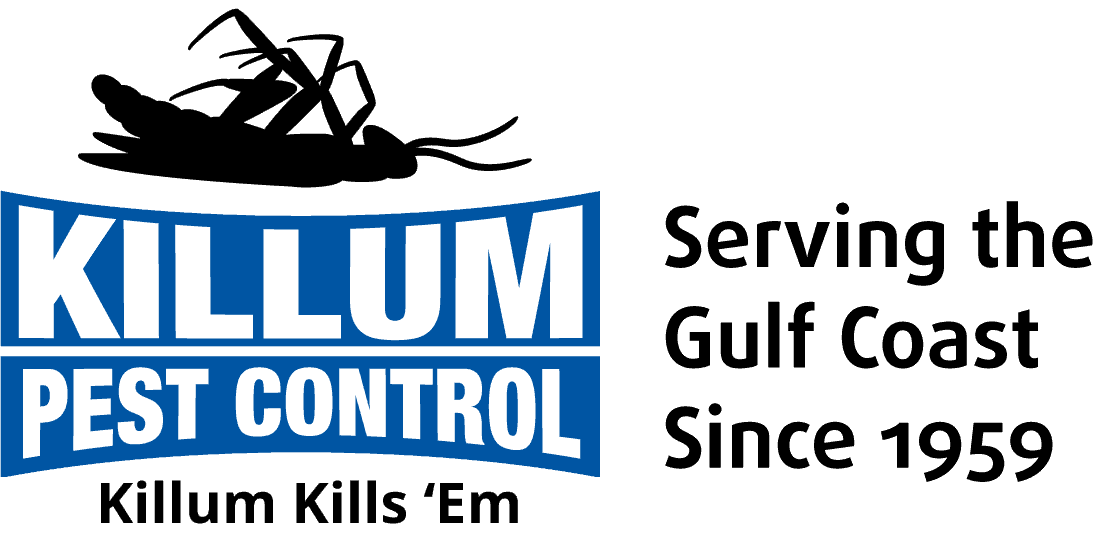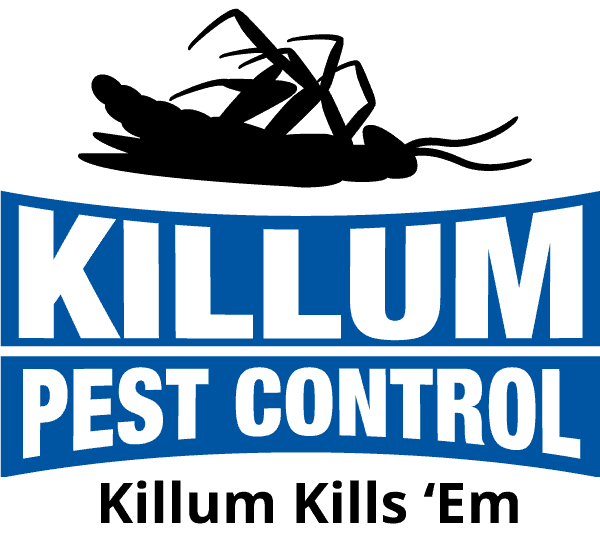Texas summers are known for sweltering heat and humidity, which create ideal conditions for an array of pests to thrive. As a Texas homeowner, it’s crucial to know how to cope with these pesky invaders during the summer season.
In this comprehensive checklist, we’ll highlight the essential steps for effective pest control throughout the hot and humid months, tailored specifically for Texas residents. From preventive measures to seasonal pest control strategies, we’ve got you covered.
Inspect Your Home for Pest Entry Points
Before the summer season begins, thoroughly inspect your home’s exterior and interior for any potential entry points pests might use.
- Check for cracks and gaps around windows, doors, siding, and utility lines.
- Inspect your roof for damaged or missing shingles, which could provide access to your attic for pests like rodents and squirrels.
- Seal any openings, gaps, and cracks with caulk, weather stripping, or other appropriate sealants.
- Replace any damaged or torn window screens to keep mosquitoes and other flying insects out.
Properly Store Food to Prevent Pest Attraction
Keeping your home clean and storing food properly deters a variety of pests from being attracted to your home.
- Store pantry food in airtight containers made of glass or sturdy plastic. This prevents pests like ants and pantry moths from accessing your food.
- Regularly clean your kitchen, paying close attention to countertops, floors, and appliances.
- Do not leave food sitting out for extended periods. Keep ripe fruit in the refrigerator and promptly clean up spills or crumbs.
- Empty your trash cans frequently and ensure they are properly sealed to prevent attracting insects and rodents.
Maintain Your Yard to Discourage Pest Population Growth
A well-maintained yard can significantly reduce the risk of pest population growth on your property.
- Trim trees, hedges, and bushes to eliminate potential nesting areas.
- Remove any standing water from your property, as water accumulation provides breeding grounds for pests like mosquitoes. Ensure proper drainage, clear gutters, turn over vessels such as flowerpots, and change the water in bird baths regularly.
- Keep your grass cut short and maintain a neat lawn. Long grass and overgrown vegetation can harbor pests like ticks and fleas.
- Store firewood at least 20 feet away from your home and off the ground to discourage pests like termites and rodents from nesting in the stacks.
Install Seasonal Pest Deterrents
There are several pest deterrents you can install to keep your home protected during the hot and humid Texas summers.
- Install door sweeps on exterior doors to prevent pests from sneaking inside.
- Place mesh screens over vents and chimney openings to keep rodents, bats, and birds out of your home.
- Set up insect-repelling devices, such as mosquito traps, bug zappers, or citronella candles, in your outdoor living areas to help you enjoy your outdoor space without being bothered by pests.
- Use eco-friendly or chemical insect repellent sprays around your home’s perimeter, focusing on possible entry points and areas where pests have been spotted.
Regularly Monitor for Signs of Pest Activity
Detecting the presence of pests early is crucial in preventing severe infestations and extensive damage to your home.
- Regularly inspect your home for signs of pest activity, such as droppings, chew marks, damaged wood, grease marks, or unusual smells.
- Install traps, like glue boards or snap traps, in strategic locations to capture or monitor the presence of pests like insects and rodents.
- Inspect your pets for fleas and ticks, particularly after they’ve spent time outdoors. Regularly treat your pets with preventive measures, such as flea collars, topical treatments, or oral medication.
Keep Outdoor Entertaining Areas Pest-Free
To fully enjoy your outdoor spaces during the summer months, take these precautions to keep pests at bay:
- Remove potential food sources, such as pet food or leftovers from outdoor gatherings.
- Replace white outdoor lights with yellow or sodium vapor bulbs that are less attractive to flying insects.
- Use pest-repellent torches, lanterns, or candles containing citronella or other pest-repelling scents around your entertaining area.
- Consider adding screened-in enclosures or curtains around your deck or patio to keep mosquitoes and other flying insects out of your leisure spaces.
Schedule Regular Pest Control Treatments
During summer months, pets are more active and prolific. Scheduling regular pest control treatments can help you stay ahead of any potential infestations.
- Hire a pest control service like Killum Pest Control to inspect your property and identify potential pest problems.
- Discuss with the professionals about the appropriate frequency for treatments during summer months.
- Opt for eco-friendly pest control solutions when possible, reducing the potential impact on beneficial insects and the environment.
By following these essential steps, Texas homeowners can effectively tackle the pest control challenges that arise during the hot and humid summer months. Armed with these practical tips and strategies, you’ll be well on your way to maintaining a pest-free home all summer long.
Protect Your Texas Home from Summer Pests with Killum Pest Control
Texas summers can present various pest control challenges for homeowners. However, with this comprehensive checklist, you’ll be better equipped to prevent, manage, and swiftly address any potential pest issues. Implementing these practical tips and maintaining your home’s interior and exterior will undoubtedly help you enjoy a pest-free summer.
Don’t let pesky pests ruin your summer fun! Call the professionals at Killum Pest Control for effective and environmentally-friendly solutions tailored to your unique needs. Whether you’re dealing with a complex pest control issue or just need some preventative maintenance, our team is here to help. Don’t wait until it’s too late – contact Killum Pest Control today for a consultation and let us help you keep your Texas home safe and pest-free throughout the hot and humid summer months.





